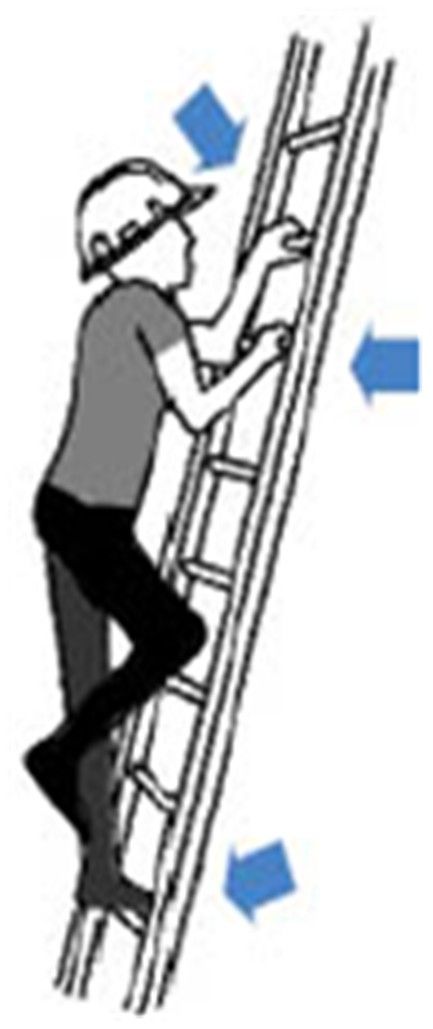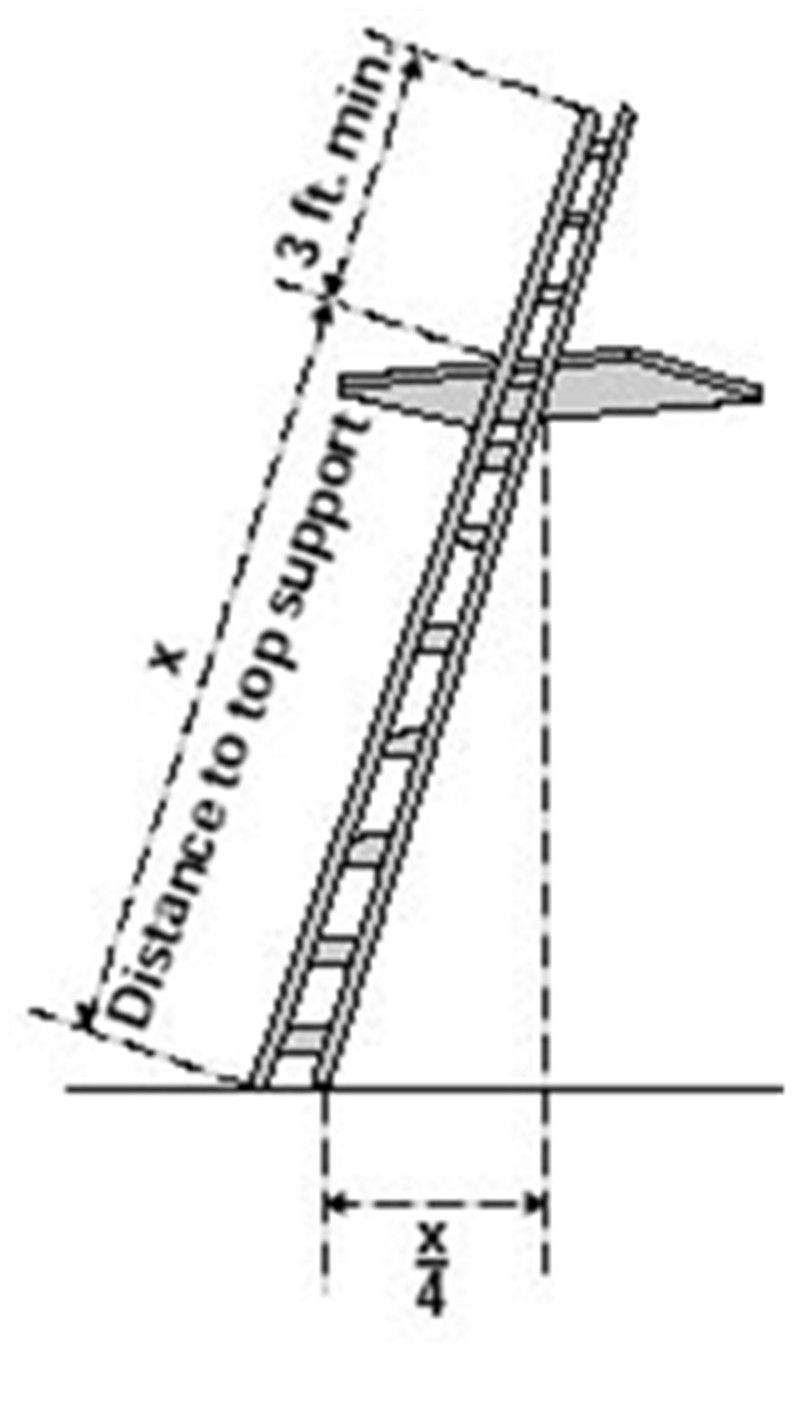Every year, approximately 400 people in the United States die in fires around Christmas, according to the U.S. Fire Administration. Christmas lights, from strings of lights to candles and outdoor decorations, are one of the major concerns in fire and electrical safety around the holidays. Decorate your home carefully to help protect your family.
Inspect Light Strings
- Inspect strings of Christmas lights before plugging them in and using them. Look for frayed wires, loose connections, spots lacking insulation around the wires and broken or cracked light sockets. With new lights, check the box for an inspection label from an independent testing laboratory. Before decorating with Christmas lights, set them on a nonflammable surface, plug them in and wait 10 to 15 minutes to make sure the string is working properly. Replace any burned-out bulbs you find.
- TIP: If you plan on embellishing your trees with Christmas lights, a good rule of thumb is to use 100 lights per vertical foot. So, if you wish to decorate a 7-foot tree, you will need 700 lights for appropriate lighting.
- TIP: When using incandescent Christmas lights, be careful not to overload your electrical outlets. An electrical outlet can only accommodate up to 500 Incandescent lights. Therefore, you can use up to 10 sets of 50 Incandescent lights on a strand or 5 sets of 100 Incandescent lights on a strand. If you exceed the limit, take one of your strands off or plug it into a new surge protector.

Outdoor Christmas Lights
- Protect your outdoor electrical connections by using only extension cords rated for outdoor use. Also, keep all electrical connections elevated so they will not end up sitting in water on the ground. Do not install outdoor light bulbs on plastic or on surfaces with dry yard waste such as pine needles. Only turn the lights on when you are at home, and turn them off before you go to sleep.
- TIP: Hang your Christmas lights during the months of October or November. It is not as cold or slippery in October or November compared to December. If you feel like October or November is too early for Christmas decorations, simply hang them up and don't turn the lights on until December.
Follow Ladder Safety Rules
Read and follow all labels/markings on the ladder.
- Avoid electrical hazards! – Look for overhead power lines before handling a ladder. Avoid using a metal ladder near power lines or exposed energized electrical equipment.
- Always inspect the ladder prior to using it. If the ladder is damaged, it must be removed from service and tagged until repaired or discarded.
- Always maintain a 3-point (two hands and a foot, or two feet and a hand) contact on the ladder when climbing. Keep your body near the middle of the step and always face the ladder while climbing (see diagram below).

- Only use ladders and appropriate accessories (ladder levelers, jacks or hooks) for their designed purposes.
- Ladders must be free of any slippery material on the rungs, steps or feet.
- Do not use a self-supporting ladder (e.g., step ladder) as a single ladder or in a partially closed position.
- Do not use the top step/rung of a ladder as a step/rung unless it was designed for that purpose.
- Use a ladder only on a stable and level surface, unless it has been secured (top or bottom) to prevent displacement. Do not place a ladder on boxes, barrels or other unstable bases to obtain additional height.
- Do not move or shift a ladder while a person or equipment is on the ladder.
- An extension or straight ladder used to access an elevated surface must extend at least 3 feet above the point of support (see diagram). Do not stand on the three top rungs of a straight, single or extension ladder.
- The proper angle for setting up a ladder is to place its base a quarter of the working length of the ladder from the wall or other vertical surface (see diagram below).

- A ladder placed in any location where it can be displaced by other work activities must be secured to prevent displacement or a barricade must be erected to keep traffic away from the ladder.
- Be sure that all locks on an extension ladder are properly engaged.
- Do not exceed the maximum load rating of a ladder. Be aware of the ladder’s load rating and of the weight it is supporting, including the weight of any tools or equipment.
Working from Heights
Falls from ladders and roofs are the most common events which cause injuries from installing Christmas lights. Follow the following basic rules to limit your fall exposure.
- Use ladders as recommended by the manufacturer.
- Do as much of the prep work as possible from the ground, i.e. inspecting bulbs etc.
- Use a personal body harness and lanyard when working on the roof. The biggest challenge here is finding a sufficient anchorage point to attach the lanyard. It is recommended by OSHA that the anchorage point must support at least 5000 lbs. Proper usage of a body harness and lanyard in conjunction with an adequate anchorage point will prevent you from falling to the ground.
Christmas Tree Safety
Purchase a fresh Christmas tree and keep it watered throughout the holiday season so it is less susceptible to fire. Use indoor lights only on your Christmas tree because outdoor lights might be larger or burn at a hotter temperature. In addition, do not link any more than three strings of lights to each other unless the packaging on all three strings indicates that linking more together is safe. Check the lights and strings periodically to make sure they are not hot, and turn off Christmas tree lights when you are asleep or not at home.

